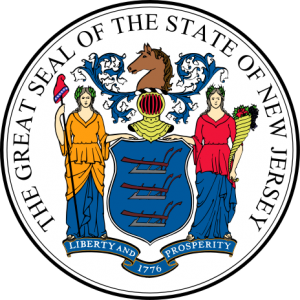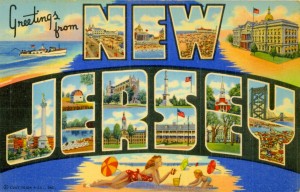 New Jersey Population 2013
New Jersey Population 2013
The United States Census Bureau estimates that the population of New Jersey in 2013 was 8,864,590, which is ranked the 11th largest population in the United States. Based on the last census in 2010, this shows a 0.8% increase in the population of the state of New Jersey. Based on the population and based on the area of the state, the population density of the state is about 1189 people per square mile, ranked the largest population density in the United States.
New Jersey Population Projections
Based on the historical trends of the state and expected migration, birth, and death rates, the population is expected to reach approximately 8.998 million people by the year 2015, which is an approximate 1.5% increase from the current population. By the year 2020, the population is expected to reach 9.244 million people, which is an approximate 4.3% increase from the current population. By the year 2025, the population is expected to reach 9.538 million people, which is an approximate 7.6% increase from the current population. By the year 2030, the population is expected to reach 9.88 million people, which is an approximate 11.4% increase from the current population.
New Jersey Land Mass
The state of New Jersey is about 150 miles long and 70 miles wide with a square area of 8,722 square miles, making it the 47th largest state in the country. Of the 8,722 square miles, 1,303 square miles are covered by water. The highest point in the state of New Jersey is High Point, reaching 1,803 feet above sea level. The lowest point in the state is at the Atlantic Ocean, which reaches sea level. The geographic center of New Jersey is located in Mercer County, 5 miles southeast of Trenton. New Jersey is bordered by two states: New York and Pennsylvania. The Delaware Bay borders the state on the south and the west. The Atlantic Ocean borders the state on the south and the east.
New Jersey is broken up into four distinct geographic land areas: the Atlantic Coastal Plain, the Piedmont, the New England Upland, and the Appalachian Ridge and Valley Region. The Atlantic Coastal Plain is the largest land area in the state of New Jersey. This is a very diverse area, ranging from fertile soil to lagoons and meadows to salt marshes. To the northeast of the Atlantic Coastal Plain is the Piedmont, making up about 20% of the state. This area is filled with rivers, making it perfect for the many industrial cities in the state. To the west of the Piedmont lies the New England Upland. This area is made up of flat-topped rock ridges with beautiful lakes around them. Lastly, the Appalachian Ridge and Valley Region lies in the northwest corner of the state. This area is the mountainous portion of the state and includes the Kittatinny Mountains.
New Jersey Demographics
Of the approximate 8.865 million people in the state of New Jersey, about 51.2% of the population is female, while 48.8% is male. Also, approximately 74% of the population identifies as white (including Hispanic or Latino). But, out of that 74%, about 19% do identify as Hispanic or Latino and the other 55% as Caucasian. Those that identify as Black or African American make up 15% of the entire population of the state of New Jersey. The rest of the population is made up of those that identify as Asian, American Indian, Alaskan Native, Hawaiian, other Pacific Islanders, or those that identify as two or more races. These other races make up about 11% of the New Jersey population. The Asian population makes up 9% out of that 11%.
Get Back to Happy in New Jersey
 New Jersey Religion
New Jersey Religion
The population of New Jersey identifies as religious at a rate slightly higher than the national average. About 55% of the state population identifies as religious, compared to the national average of 49%. Out of the 55%, about 38% identify as members of the Catholic Church, making it the largest denomination in the state of New JerseyAll the other Christian denominations make up about 11.9% of the population. Those who identify as Jewish, Islamic, or Eastern religions only make up 5.1% of the population. About 2.5% of the population identifies as members of Judaism, compared to the national average of 0.7%. About 1.8% of the population identifies as members of Islam, compared to the national average of 0.8%.
Other Resources
Check out the link to learn more about the population and demographics of New Jersey.


